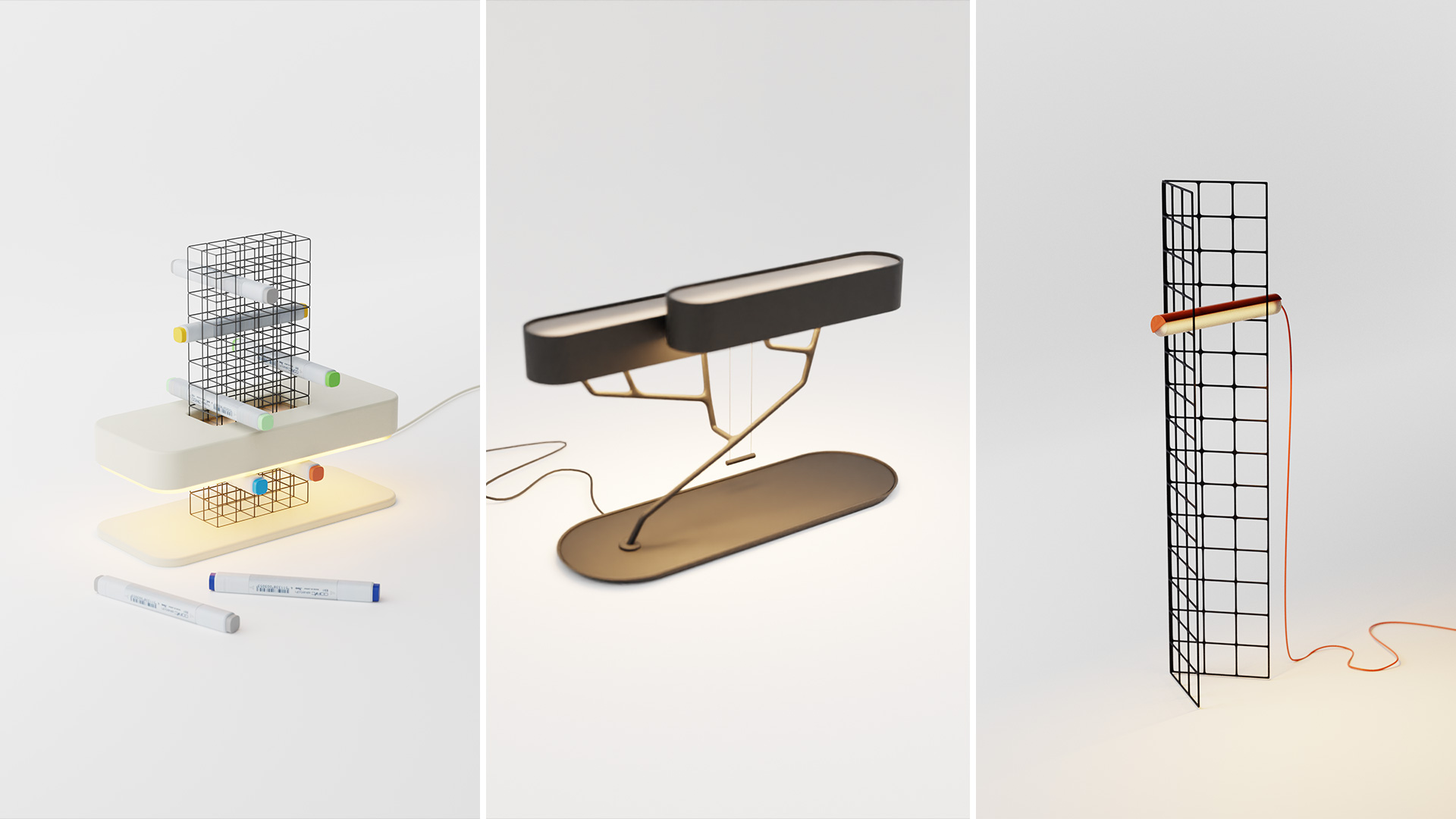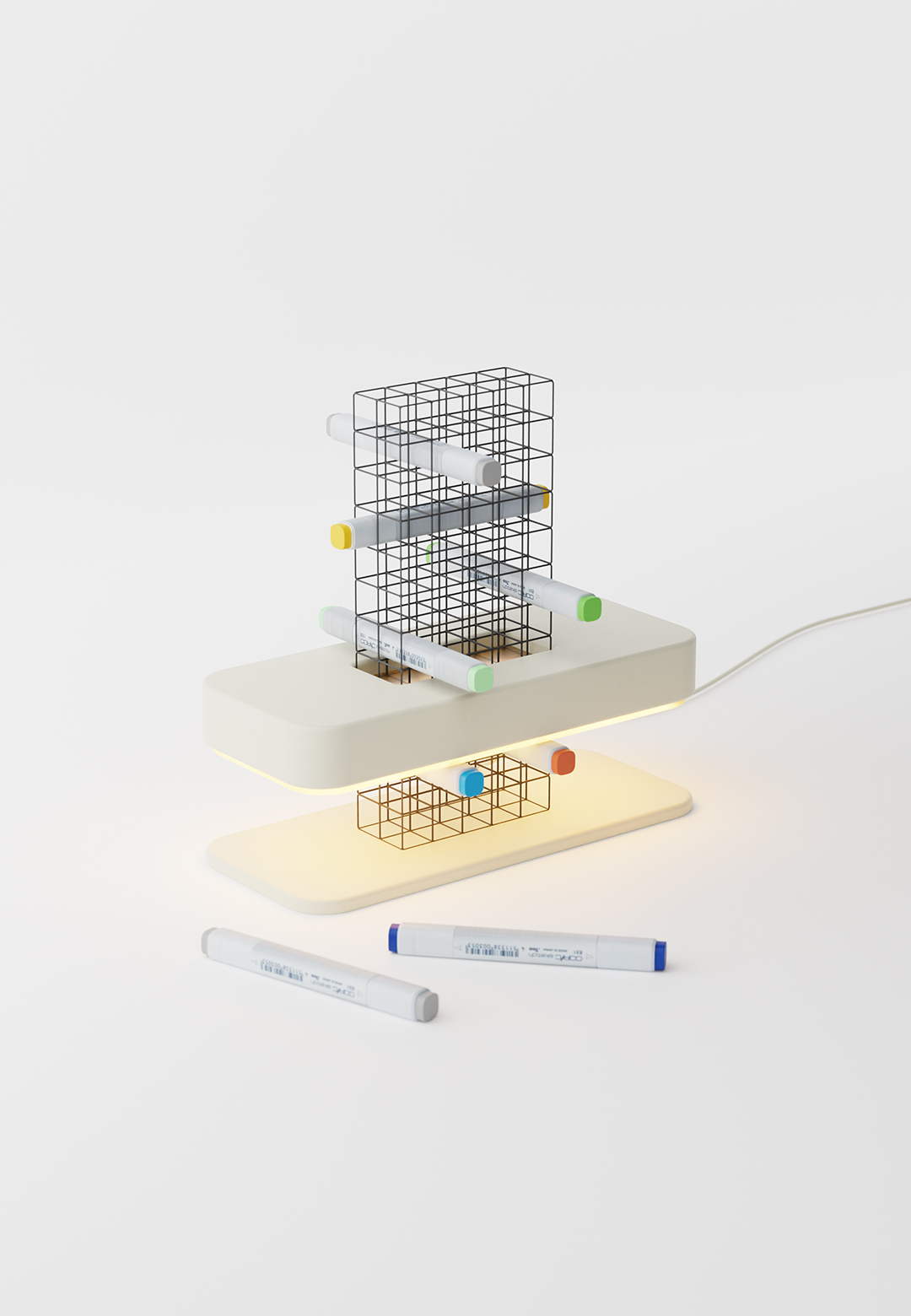The profound and emotive experience of design has the ability to arouse our senses and inspire us to recognise beauty in even the most seemingly mundane of objects. It invites us to take our time, pay attention to, and appreciate the minute things that could otherwise be overlooked in our hectic lives. Adhering to the notion of using design as an evocative language, architect and product designer George Chacko Veerampully laid the foundation for ‘Design by Joffey’. A design studio with the goal of investigating and practising design on a comprehensive level as it transitions from the fields of architecture to product design. “I like the idea that design is an evocative experience that gets us to appreciate details even in the little things. I started out in architecture and somewhere along the way as I delved into the design at different scales; like interiors, restoration, and concept urban design, I found myself easily captivated in the process of designing things at a more human scale i.e. Product and Furniture design,” shares George.
George based his design inspiration on the human form and human experiences where every gesture he observed became an integral element of the design itself. He observed things as simple as the way a chair gracefully unfolds to accommodate us, how the gentle touch of a switch illuminates our surroundings or the artful choreography involved in unpacking and storing an object. The multidisciplinary designer believes that this close relationship between design and human interaction emphasises the importance of both usefulness and aesthetics, illustrating that every action and reaction in the field of design is evidence of the union of form and function, enhancing our lives in ways we frequently take for granted. On being asked about the narrative that George aims to put across through his designs, the furniture designer shared “One of the moments that really hit me growing up and got me thinking of design, was seeing wine glasses for the first time and realizing why they had the elegant shape that they did. It wasn't just a form driven by aesthetics, it was functional in that the thin glass stem stopped the body heat of the person holding the glass from transferring into the wine and changing its flavour and aroma. An ingenious functional detail is hidden in plain sight. That's the experience I try to create with my designs, that there is just a little more than what seems obvious about them.”
The use of colour is crucial for George since he applies it from a functional standpoint to make it easier to perceive and evaluate the form of an object. He believes that primary colours work the best in this regard as every edge and profile stands out easily. This when most information today is consumed on a screen, goes a long way in conveying the idea and form of a design with less room for misinterpretation. Along with catchy colours, the product and furniture designs also have intriguing names. “The names are almost always a direct response to the form or the underlying concept that drove the design forward. In some pieces, it is straightforward, like the Nostalia is a lamp that explores the imagery of childhood swings and hence is a play on the word 'Nostalgia'. The Cartesia with its grids makes a functional frame based on what the component slotted in and at what point, it is almost akin to a Cartesian Plane and so the name is a takeaway from the same,” shares George on his inspiration behind the names.
The lighting designer has designed various lamp designs combining functionality, aesthetics and adaptability in mind – Quirk, Engrid, Cartesia, Nostalia are lighting designs that serve various other purposes apart from just illumination, from multifunctional usage and organisation to nature-inspired yet practical. The Dawt is a practical piece of furniture design with a straightforward assembly process that eliminates the need for screws or extra fittings. This design approach not only simplifies the setup but also prioritizes practicality. Being asked about how the products align with the studio’s philosophy of creating designs that exist at the crossroads of utility, art and ingenuity George shared “It can never be so utilitarian that it fails to be evocative, but that should not come at the cost of function or the efficiency of actually making the product. My designs try to embody that very idea, of functional, adaptable objects that can still be a reflection of an individual's tastes and ideals.”
George's 'Design by Joffey' is evidence of the close relationship between design, human interaction, and everyday art. He has skillfully applied his architectural training to the field of product and furniture design, showing a great eye for the intricacies that create our experiences. He gives an insight on his future projects by sharing “The long-term aims are to work on creating designs that are easy to flatpack and assemble by a user, to which end I'm developing custom wooden joinery details that eliminate the need for fasteners and screws. On the lighting design front, the aim is to explore minimal designs that explore alternate ways of interactivity with the user.”
His creations stand out owing to their vivid colours and intriguing names as creative manifestations of their practicality, creativity, and functionality. George's work inspires us to pause, appreciate, and recognise the hidden narratives and features woven into the objects that surround us in a world where design frequently impacts our interactions with the physical world. It serves as a reminder that design, in its most picturesque incarnation, improves how we see and engage with the environment.






 Sign in with email
Sign in with email








What do you think?